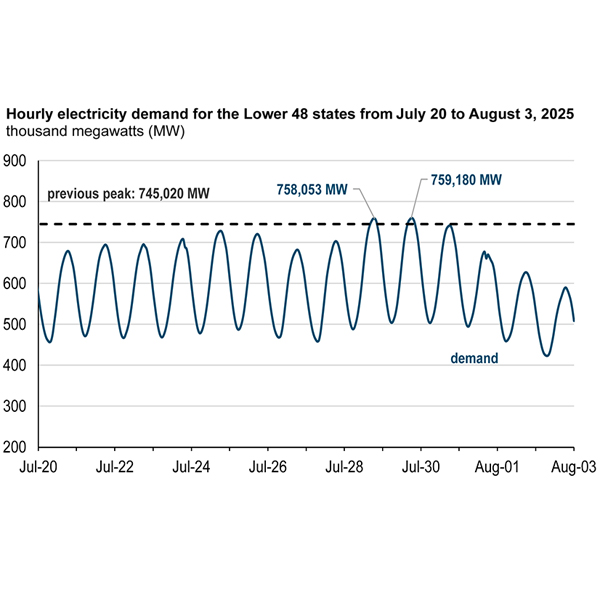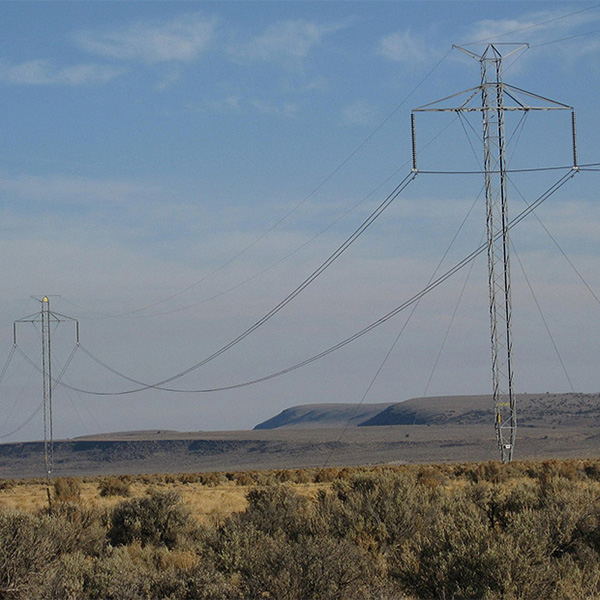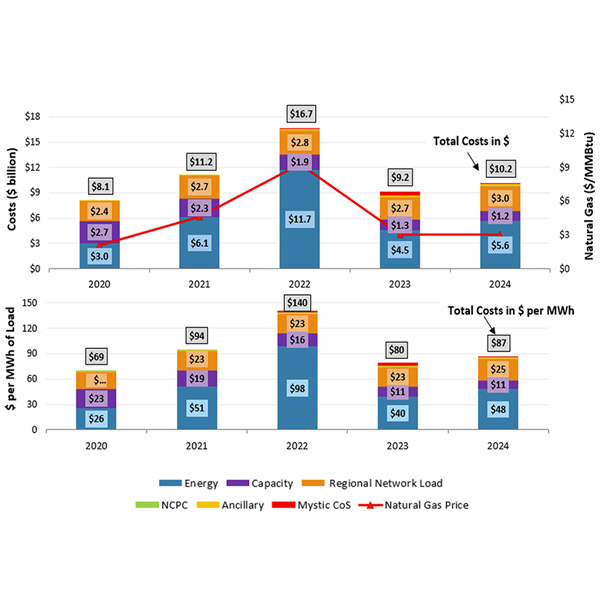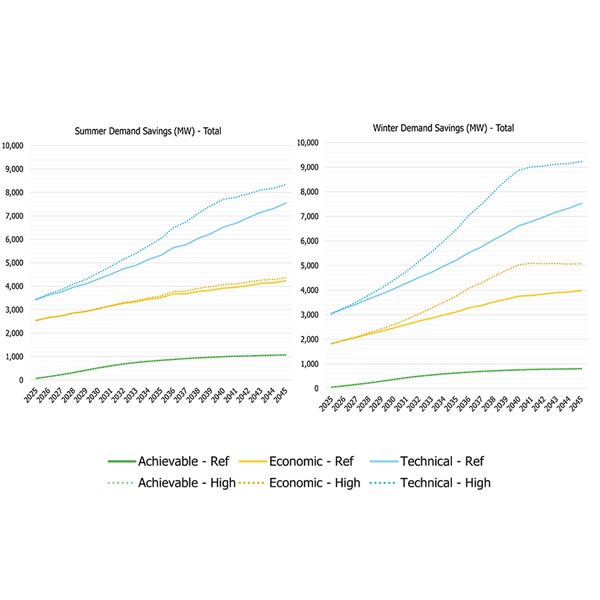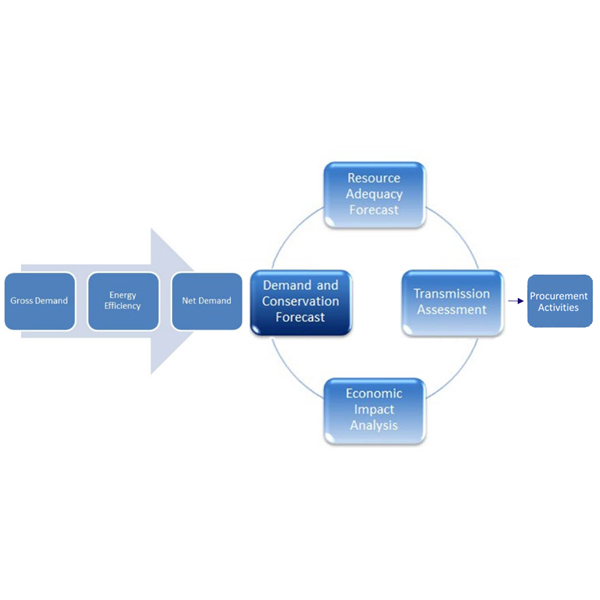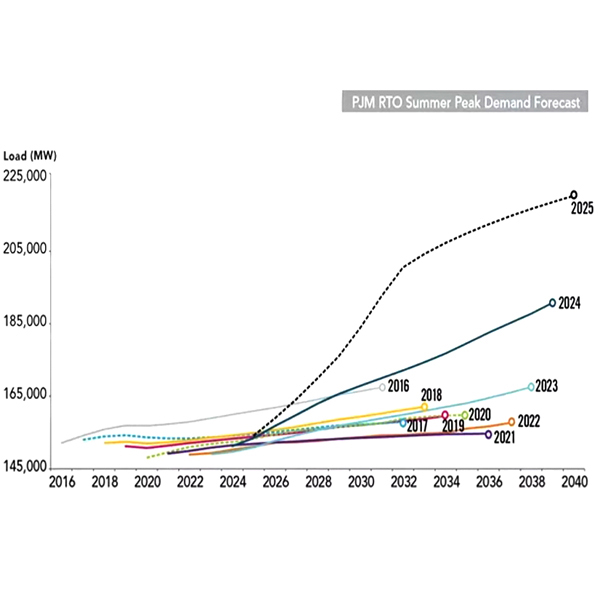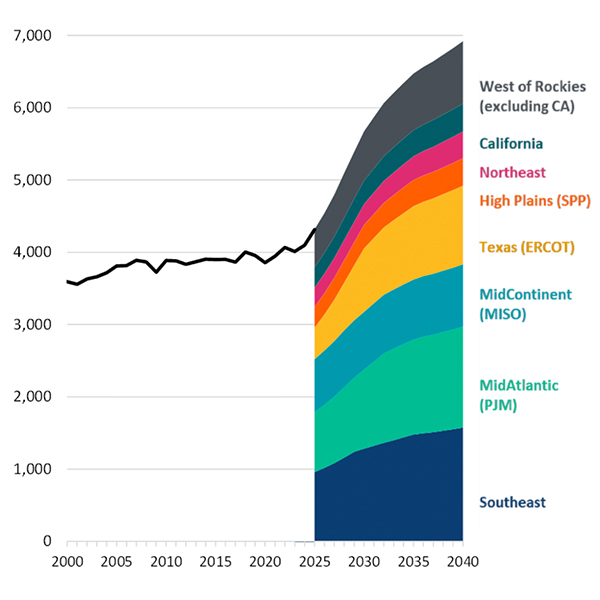Energy Efficiency
Climate and consumer advocates called on Massachusetts lawmakers to preserve the state’s energy efficiency programs as legislators work to develop an energy affordability bill in response to high gas and electricity costs over the past winter.
Heat affects the full length of the electric supply chain: from generation, through the grid, to utilities’ customers, says columnist Dej Knuckey.
The Pacific Northwest is on track to meet energy efficiency goals set in the Northwest Power and Conservation Council’s 2021 power plan after having saved 160 aMW through improvements in 2024, the council said in a news release.
The New England wholesale electricity markets performed competitively in 2024, while decreased imports and higher emissions compliance rates increased overall market costs, the ISO-NE Internal Market Monitor told the NEPOOL Participants Committee.
IESO officials say they will release more information on how the ISO constructed its study of the potential for incremental energy savings in Toronto after stakeholders complained they lack enough details to comment meaningfully.
IESO will expand its industrial demand-side management program, increasing funding and allowing both larger and smaller participants than currently permitted.
New Jersey faces tough decisions on how to balance the risk of blackouts against the cost of reducing their frequency as the state confronts the unprecedented future energy demand surge facing the region.
A CATF report argues that planners need to use demand-side resources, grid-enhancing technologies and other quick-to-deploy resources as part of a "least-regrets" effort to meet growing demand.
The Virginia SCC ordered changes to Dominion's IRP filings, requiring scenarios that meet state clean energy goals and have an increased level of storage, efficiency and demand-side management.
MISO said it no longer will recognize energy efficiency as a capacity resource beginning with the 2026/27 auction.
Want more? Advanced Search

